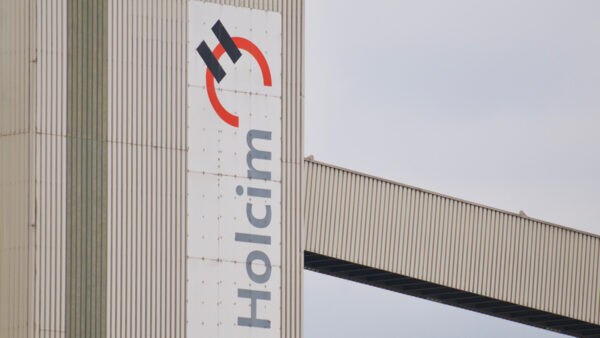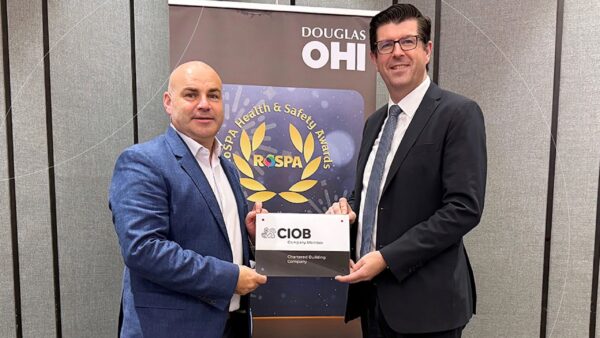French infrastructure company Colas has seen its Wattway solar paving technology installed in the US, with a pilot patch of tarmac covered with power-generating tiles in the state of Georgia.
Fifty square metres of solar paving were installed in the parking lot of the Georgia Visitor Information Center in West Point in December, in a pilot scheme jointly carried out with the Georgia Department of Transportation (GDOT) and the transport innovation foundation known as The Ray.
Wattway is a system of solar panels installed on the road’s surface. Its first use on a public road was debuted in France on 22 December.
Its trial in America has been hailed as “the start of a technological and human adventure”.
New technologies are coming to market that can make our highways the safest driving routes in the world, while at the same time making them useful in generating clean, renewable energy– Harriet Langford, The Ray president
The thin, heavy-duty, skid-resistant photovoltaic pavers can be applied directly over existing paving, eliminating the need to remodel or build new road infrastructure, Colas claims.
The clean energy generated by the Wattway beta site in West Point will help to power the Georgia Visitor Information Center, GDOT said.
Georgia is not the first state to try the solar paving approach. Missouri installed US-developed solar paving technology at the Historic Route 66 Welcome Center at Conway in June 2016.
The panels in the Missouri pilot were developed by the husband-and-wife team Scott and Julie Brusaw, founders of the company Solar Roadways, who captivated the US in 2014 with their plan to pave America solar.
“New technologies are coming to market that can make our highways the safest driving routes in the world, while at the same time making them useful in generating clean, renewable energy,” said Harriet Langford, president of The Ray, which tests green technology ideas on an 18-mile stretch of the Interstate 85 highway in West Georgia.
“America is a land of innovators and pioneers, and this project is the start of a technological and human adventure built on the cornerstone of a strong partnership,” said Jean-Charles Broizat, director, Wattway by Colas.
Colas says drive-over solar panels like Wattway have the potential to feed electricity into the grid, and to be used for bike paths, shopping malls, airports, electric vehicle charging stations and other infrastructure.
Georgia Department of Economic Development Commissioner Pat Wilson said: “Welcoming millions of visitors each year, our Visitor Information Centers serve as a great venue to showcase the state’s innovative technologies related to sustainability.”
Image: The 50 square metres of solar paving were installed at the Georgia Visitor Information Center (The Ray)
Further Reading:
Comments
Comments are closed.







How odd that this article didn’t mention what this installation would be doing or why it was chosen, as if the mere fact that someone put PV stickers on a road is justification in itself for doing it. Is this installation even expected to generate any electricity? What then? Who thought this is a good idea, and why? Will they fund any more of this insanity? Why couldn’t those panels have been put on a roof and pointed at the ecliptic? What is the voltage output of this roadway? How are you going to match the roadway’s output to any kind of grid, especially miles from any distribution lines?